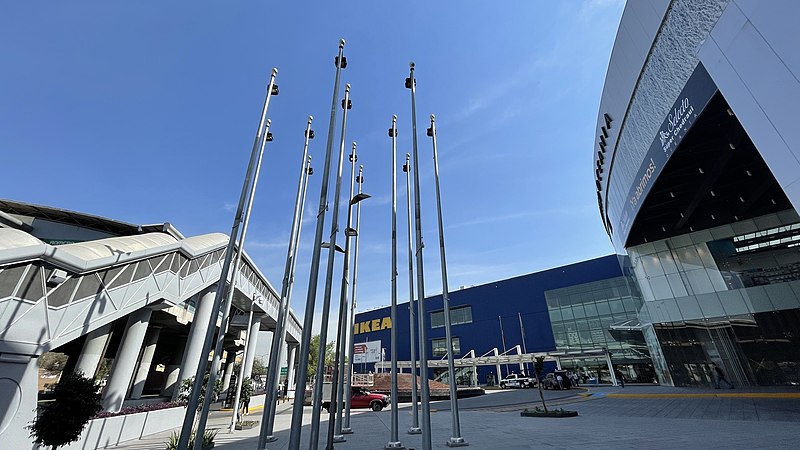
 Metro Romero Rubio is today most famous for the nearby Ikea store, part of the Encuentro Oceanía shopping complex practically at the station. It’s also at the three-way meeting place of neighborhoods:
Metro Romero Rubio is today most famous for the nearby Ikea store, part of the Encuentro Oceanía shopping complex practically at the station. It’s also at the three-way meeting place of neighborhoods:
• Pensador Mexicano (named for a 19th-century magazine).
• The northernmost portion of the giant Moctezuma neighborhood.
• And northwest of the station, the giant Romero Rubio neighborhood, for which the station is named.
• Manuel Romero Rubio (1828—1895), rather unusually, had his reputation survive his time as one Porfirio Díaz’s Cientificos. These were the early technocrats who supported the 30+ year reign, the Porfiriato, which ended only with the Mexican Revolution. His stature in Mexican history survived, at least in part, because of his early work during the Presidency of Benito Juárez (1858 to 1872). He remained popular for his early support of the Plan of Ayutla which discredited the legitimacy of the Santa Ana government and for his support of the Religious Reform of the same period. He was also popular for creative financing that supported the war against Maximilian of Habsburg. As Secretary of the Interior under Díaz, he went on to wield enormous power. His daughter, Carmen Romero Rubio, also married President Porfirio Díaz. She never faced the intense criticism her husband did, but imparitally evaluating her father’s legacy becomes exceptionally difficult.
An elevated station, Metro Romero Rubio can seem higher from the platform than it actually is. Average daily ridership ranges between 8,000 and 9,000 passengers daily. The station opened just in 1999 along with the rest of Metro Line B.
 unidad_de_orientacion@metro.cdmx.gob.mx
unidad_de_orientacion@metro.cdmx.gob.mx
 5627 4950 / 5627 4741
5627 4950 / 5627 4741
 https://www.metro.cdmx.gob.mx/
https://www.metro.cdmx.gob.mx/
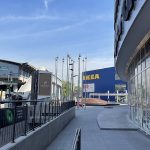
Nearest at 0.13 kms.
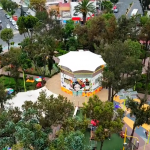
Nearest at 0.45 kms.
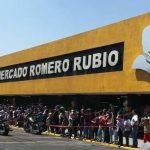
Nearest at 0.65 kms.
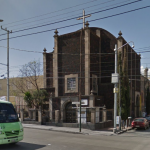
A very old church calls to mind the long history of the Villa Guadalupe Hidalgo . . .
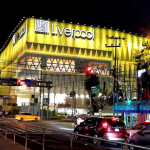
One of Mexico City's biggest shopping malls is pet friendly, too . . .
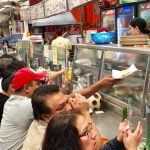
A market just south of the Bosque de Aragón Metro station. . .
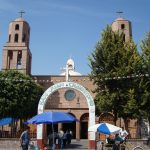
The town church of the Pueblo de San Juan de Aragón...
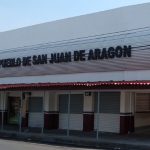
The central town market for the original settlement of San Juan de Aragón.